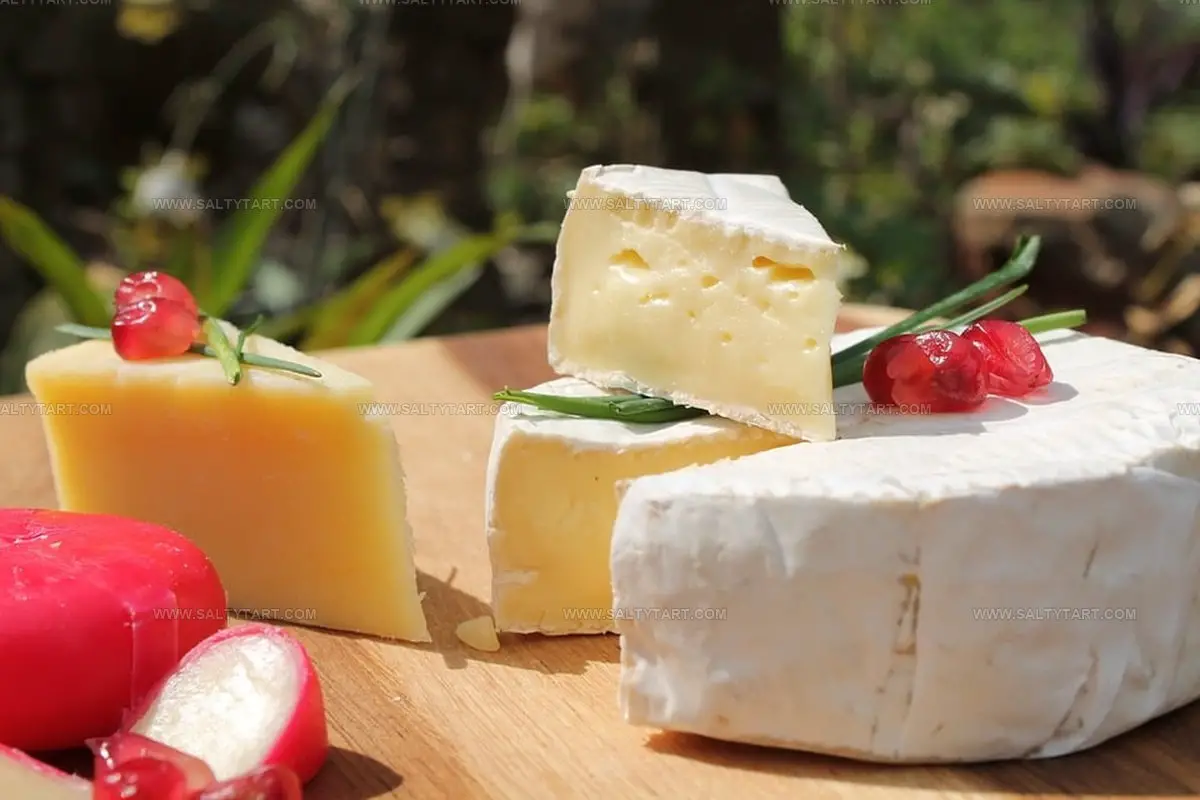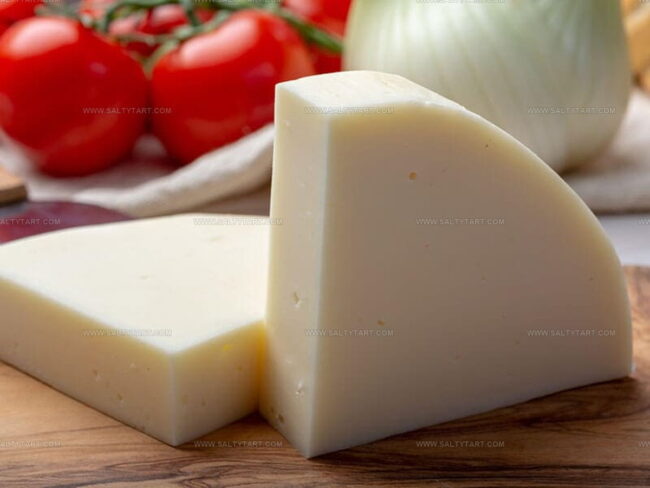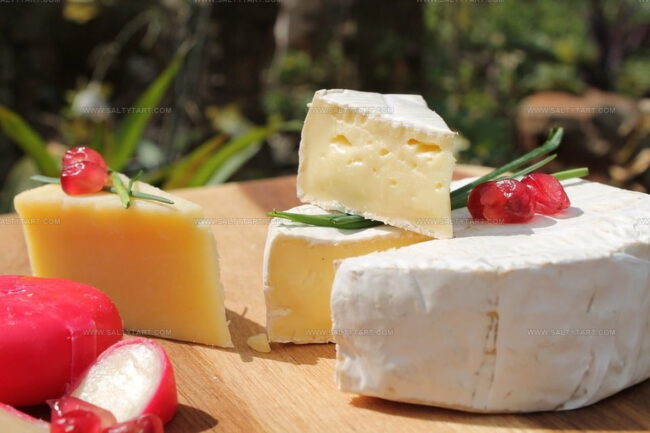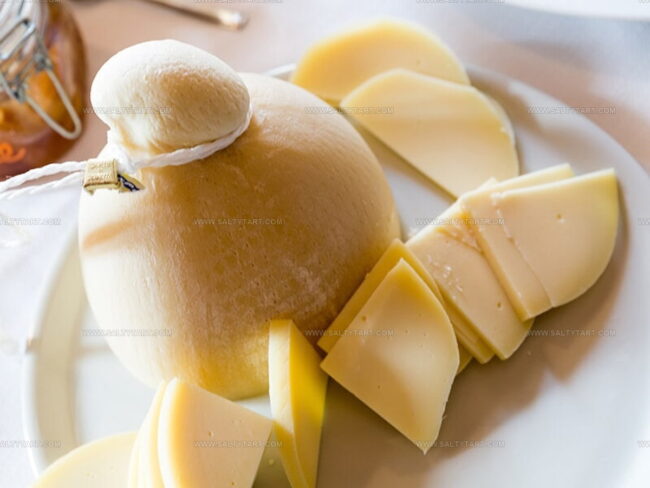What Does Provolone Cheese Taste Like? A Flavorful Journey Awaits
Provolone cheese, a beloved Italian dairy delight, offers a world of flavor complexity that tantalizes taste buds.
Originating from southern Italy, this versatile cheese has captured the hearts of food enthusiasts worldwide.
Smooth and rich, provolone brings a unique character to countless culinary creations.
Its nuanced profile ranges from mild and creamy to sharp and intense, depending on aging time.
Different varieties present surprising depth that can transform ordinary dishes into extraordinary experiences.
Cheese lovers find themselves intrigued by the potential flavor journeys waiting within each slice or chunk.
Unraveling the secrets of provolone's taste promises an exciting gastronomic adventure that will make you eager to learn more.
Provolone Cheese: Description
Provolone cheese showcases generations of skill and passion for cheesemaking.
Crafted from stretched curd, this semi-hard cheese starts out soft before becoming a market staple.
Cheesemakers shape it in countless ways, creating unique profiles.
Provolone carries a smooth taste with nutty hints and salty undertones that dance across your palate.
Roots of this cheese stretch back to northern Italy's Val Padana region, where local traditions blend influences from different parts of the country.
Friesian cows grazing beside the Po river supply rich milk that gives Provolone its signature creamy and silky character.
Meadow grasses and careful breeding contribute to the deep flavor that makes this cheese special.
Provolone Cheese Origins
Crafting Provolone cheese calls for careful work and skill through every step of making it.
Farmers collect milk straight from local pastures and mix it with natural whey and rennet to create cheese curds.
Local ingredients from Val Padana region help build unique tastes.
Workers chop and split the curds twice after letting them rest, then drain extra liquid.
Skilled workers twist and shape the soft cheese into round forms using special hand movements that push out air bubbles and create smooth surfaces.
Salt water bathes the cheese, which then cools before hanging on strings to mature.
After resting for at least two months, workers prepare Provolone for selling.
Most Italian cheeses seem simple but carry complex flavors.
Standard Provolone versions skip extra ingredients and preservatives, staying pasteurized and gluten-free.
Classic recipes use calf rennet, which means traditional versions work best for meat-eating cheese lovers.
Shoppers should always scan labels carefully.
Provolone Cheese: What’s The Flavor?
Mild and tangy, Provolone cheese offers a gentle flavor that doesn't overpower other ingredients in a dish.
Its softness makes it a friendly addition to many recipes.
Cheese experts know Provolone's taste changes based on milk type, aging process, and duration.
Cheese lovers can explore its unique characteristics through different varieties.
Salty and rich, Provolone delivers a flavor profile that ranges from mild to intense.
Younger versions offer smoother notes, while aged versions bring deeper, more complex tastes.
Subtle sweetness lingers at the end of each bite, creating a memorable cheese experience.
Two main varieties exist: Dolce and Piccante.
Dolce brings a sweeter, gentler taste, while Piccante offers a sharper edge.
South American cheese called Provoleta shares similar qualities, especially matching well with grilled meats.
Quality Provolone brings buttery, salty sensations to any meal.
Taste variations depend on specific production methods and aging time.
Some brands capture more authentic flavors than others.
Milder versions work well for those new to this cheese.
Subtle nuances develop with repeated tastings, making Provolone an interesting cheese to explore.
Mild vs. Aged Provolone: Taste Differences
Provolone cheese comes in two main styles, mild and aged, and each brings a different taste experience to the table:
Mild Provolone
This cheese is young, creamy, and smooth, with a gentle, slightly tangy flavor that’s easy to enjoy.
The texture is soft and sliceable, making it perfect for sandwiches, melts, and snacking.
Its mellow taste lets other ingredients shine, so it’s a great everyday cheese.
Aged Provolone (Provolone Piccante)
As provolone ages, it develops a sharper, stronger flavor with nutty and spicy notes.
The texture becomes firmer and sometimes crumbly, and the taste can be bold and savory, almost reminiscent of parmesan.
Aged provolone is often sliced thin for charcuterie boards or grated over dishes for an extra kick.
Overall Comparison
Mild provolone is subtle and creamy, best for melting and simple pairings, while aged provolone is punchy and complex, perfect for adding depth to recipes or enjoying with wine and cured meats.
Alternatives For Provolone Cheese
Cheese lovers can swap Provolone with several similar options that match its flavor and texture.
Fontina comes with a gentle, nutty taste and smooth, firm feel.
Similar to Provolone, this cheese shares key qualities that make it a solid replacement.
Its flavor profile matches well with different dishes and cooking styles.
Mozzarella offers a soft, light taste that connects closely with young Provolone.
Crafted with stretched curds, this cheese works wonderfully in warm meals and cold salads.
Chefs appreciate its smooth nature and subtle flavor that blends seamlessly with many recipes.
Is Provolone Cheese Healthy?
Provolone brings important health benefits with its calcium and phosphorus content.
This cheese supplies key amino acids needed for protein building in our bodies.
Lactose-intolerant individuals can enjoy Provolone since it lacks both lactose and casein.
Health experts often recommend Provolone as a lighter choice among cheese selections.
While studies about cheese's specific impacts remain limited, research suggests regular cheese consumption might help control weight.
Cheese eaters tend to maintain lower body weight compared to those who avoid cheese completely.
How to Slice and Serve Provolone Cheese
Provolone cheese is easy to slice and serve, making it perfect for everything from snacks to party platters and classic Italian recipes:
Cooking And Eating Provolone Cheese
Provolone cheese works well as a standalone snack or mixed into different dishes to boost flavor and feel.
Drizzling thin slices over a veggie-packed omelet makes for a delicious breakfast (or mealtime treat).
Chefs sometimes sprinkle it lightly on pizza in tomato sauce.
Provolone dates back to medieval times and was once considered a top-tier cheese.
Grilled cheese sandwiches showcase this cheese beautifully.
Classic recipes call for two bread slices with Provolone on one side and mild cheddar (or another smooth American cheese) on the other.
Provolone brings serious flexibility to many recipes.
Smart cooks know its salty nature means pairing it with sweet sides like fresh fruit or crisp vegetables such as tomatoes, zucchini chunks, or carrot pieces helps balance out the overall meal.
Provolone in Classic Italian Dishes
Provolone cheese is a versatile ingredient in classic Italian cooking, known for its smooth melt and rich flavor that elevates both simple and hearty recipes:
Pairing Provolone with Wines and Cured Meats
Pairing provolone cheese with the right wines and cured meats can turn any meal or snack into an Italian-inspired treat, bringing out the best in both flavors:





Mike Reynolds
Founder & Recipe Developer
Expertise
Farm-to-table cuisine, Seasonal recipe development, Sustainable cooking techniques, Food photography
Education
Asheville-Buncombe Technical Community College (A-B Tech)
Associate Degree in Culinary Arts
Mike studied culinary arts with a strong focus on farm-to-table principles and sustainable cooking. His training emphasized the importance of fresh, local ingredients and environmentally responsible practices in the kitchen.
Mike’s food journey began deep in the Blue Ridge Mountains, where weekends at farmers’ markets and home-cooked meals sparked a lifelong obsession with simple, seasonal eating.
After earning his Associate Degree in Culinary Arts from Asheville-Buncombe Technical Community College, he set out to bring farm-to-table cooking into everyday kitchens, without the fuss.
Mike’s philosophy is all about keeping it fresh, unfussy, and full of heart. When he’s not crafting new single-serving recipes, he’s hiking mountain trails, chatting with local farmers, or experimenting with wild ingredients in his backyard kitchen.